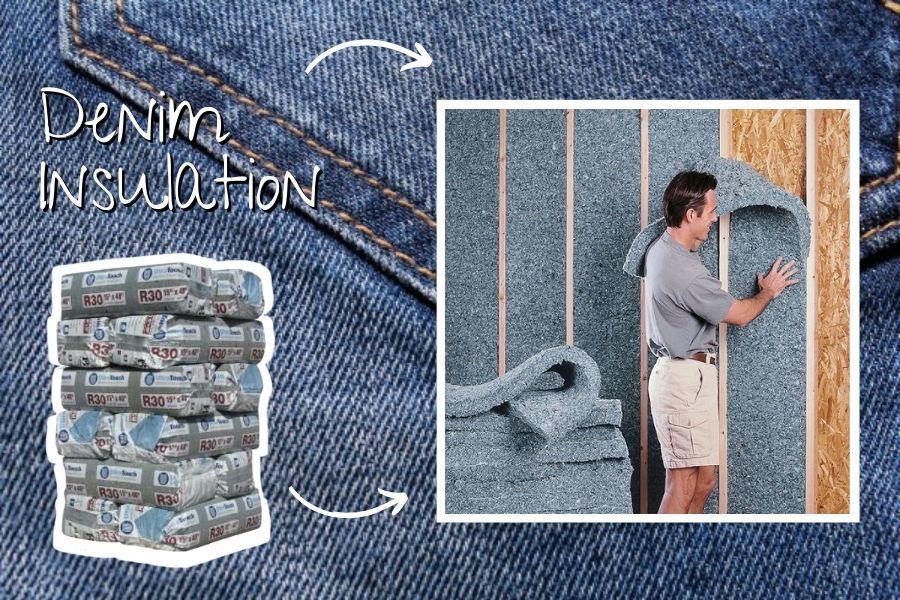Last updated on
This article will guide you through the necessary steps to properly dispose and recycle your old air mattress.
Key takeaways:
- Check mattress label for material composition
- Deflate mattress and recycle PVC at recycling center
- Contact local recycling centers or specialist mattress recyclers
- Repurpose mattress material for DIY projects
- Avoid water, fire, and flammable substances with air mattress
Checking Material Composition
Before proceeding with disposal, it’s essential to determine what materials your air mattress is made of, as this will guide the most appropriate method of disposal. Most air mattresses are composed of polyvinyl chloride (PVC), urethane plastic, or rubber. Some may also contain a flocking material for added comfort, which is a velvety layer adhered to the top surface.
To dissect the components:
- Inspect the mattress for a label or embossed stamp indicating its material makeup. This is often found near the inflation valve or on the underside.
- If no clear information is available, conduct a quick online search using the brand and model number for specifics.
- Consider the texture and flexibility of the material, as rubber will feel different from PVC or urethane.
Understanding the material composition is crucial because not all recycling centers are equipped to handle all types of plastic, and some materials may require specialized recycling processes. Identifying these components ensures that you can take the next steps towards a responsible and environmentally friendly disposal.
Recycling an Air Mattress
Once you’ve determined your air mattress is not suitable for further use, recycling is the next responsible step. It’s essential to understand that air mattresses are composed of PVC or other plastics, which can be repurposed if processed properly.
Begin by deflating the mattress fully, ensuring all air is removed. Cut the PVC material into smaller sections, which makes the material more manageable and can aid the recycling process.
Next, locate your nearest recycling center that accepts PVC products. Not all facilities can handle this material, but those that do are equipped to break down the plastic components and repurpose them into new products. It’s advisable to call ahead to confirm they accept air mattresses and understand their drop-off procedures to avoid unnecessary trips.
Additionally, consider reaching out to mattress manufacturing companies. Some offer take-back programs for used mattresses and can guide you on how to recycle their products appropriately.
Remember, while a recycling center is the ideal place to start, they might direct you to specialized facilities or provide additional resources to ensure your air mattress is recycled correctly. This effort contributes to reducing landfill waste and the demand for virgin plastics, aligning with broader environmental sustainability goals.
Specialist Mattress Recyclers
Finding a facility that specifically handles mattress recycling can make a significant difference in the proper disposal of an air mattress. These centers are equipped to break down the components of mattresses, including foam, metal springs, and fabrics, for reuse in other applications.
– Reach out to your local recycling center and inquire if they accept air mattresses or can direct you to a specialist recycler.
– Look for community-based recycling programs that host collection events for bulky items like mattresses.
– Some mattress retailers offer take-back programs. When purchasing a new mattress, ask if they can recycle your old air mattress.
– Consider mattress recycling networks that may offer drop-off locations or pick-up services, ensuring that each part of the mattress is recycled correctly and safely.
– Use online resources, such as Earth911’s recycling directory, to find recyclers that accept air mattresses. Inputting your location can help you find the nearest available options.
– Be prepared to potentially pay a small fee for recycling, as special handling and the separation of materials in air mattresses can require additional labor and resources.
Alternative Ways to Recycle an Air Mattress
While specialist recycling for air mattresses can be the most direct approach, there are creative and beneficial ways to give these items a second life. Consider repurposing the material for DIY projects, such as waterproof outdoor cushions, pool covers, or protective padding for storage or shipping items.
Those with a knack for crafts might transform the durable PVC or vinyl into unique tote bags or aprons. Community centers, schools, or local theaters may also welcome the material for arts and crafts or stage props.
Additionally, posting on online marketplaces dedicated to free items could connect you with individuals eager to upcycle your unwanted mattress into their own projects, thus extending its usability and diverting it from the landfill.
FAQ
What not to do with air mattress?
Avoid using your air mattress in water, exposing it to fire, and applying flammable substances such as aerosol tire repair products, as these actions can lead to ignition or explosion.
How do you cover a mattress for disposal?
For mattress disposal, one can securely cover it with a plastic cover or a specially designed plastic mattress bag, then sealed tightly using packing tape.
Are air mattresses returnable?
While unopened air mattresses can be returned within 90 days for a refund, once opened, they are only eligible for exchange within the same period.
What is the process for recycling an air mattress?
The process for recycling an air mattress involves deflating and disassembling it, then taking it to a local recycling center or a specialized air mattress recycling firm that can accept the different materials for reprocessing.
Is it environmentally friendly to dispose of air mattresses in landfills?
Disposing of air mattresses in landfills is not environmentally friendly due to the non-biodegradable materials they are made of, which contribute to environmental pollution.
Can defective air mattresses be repaired for reuse, and how?
Defective air mattresses can indeed be repaired for reuse by locating the hole or leak, and then applying a specialized repair kit or strong adhesive patch over the damaged area which allows for prolonging the lifespan of the product.
Related reading:
Table of Contents


